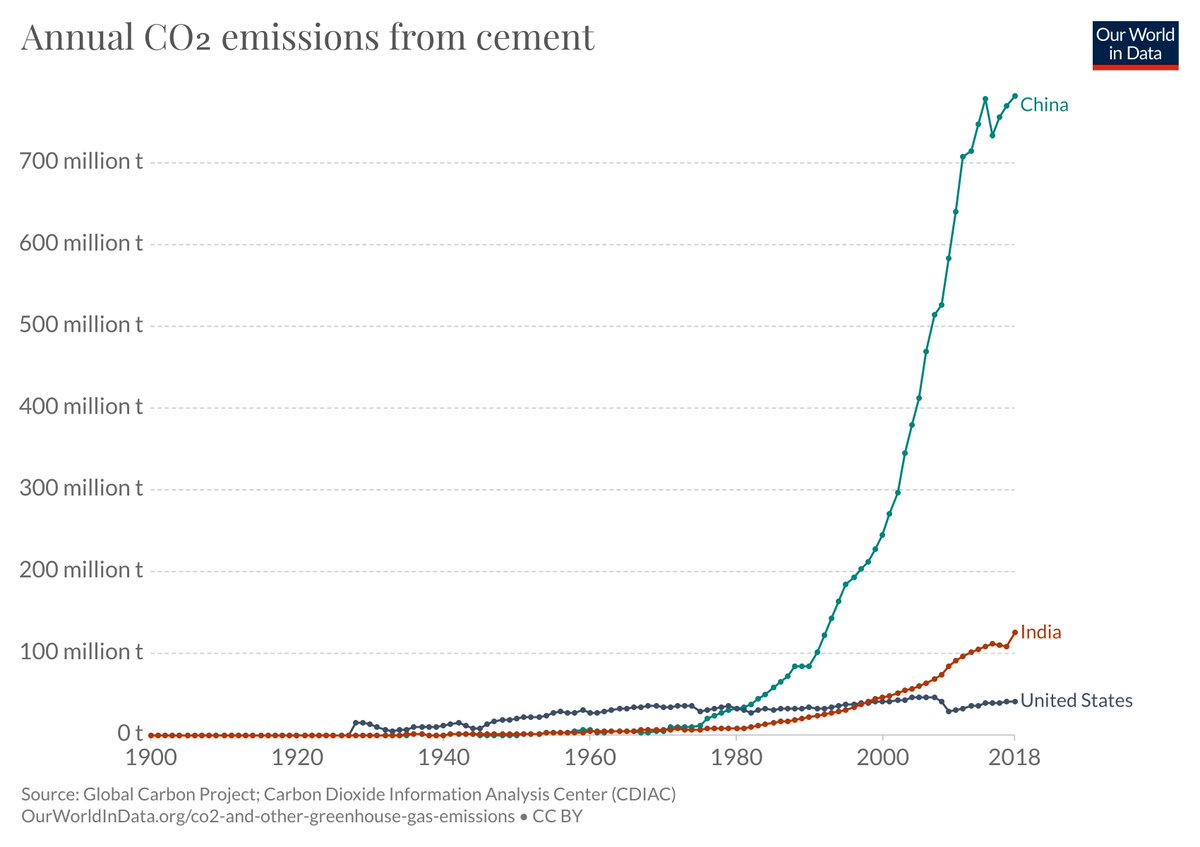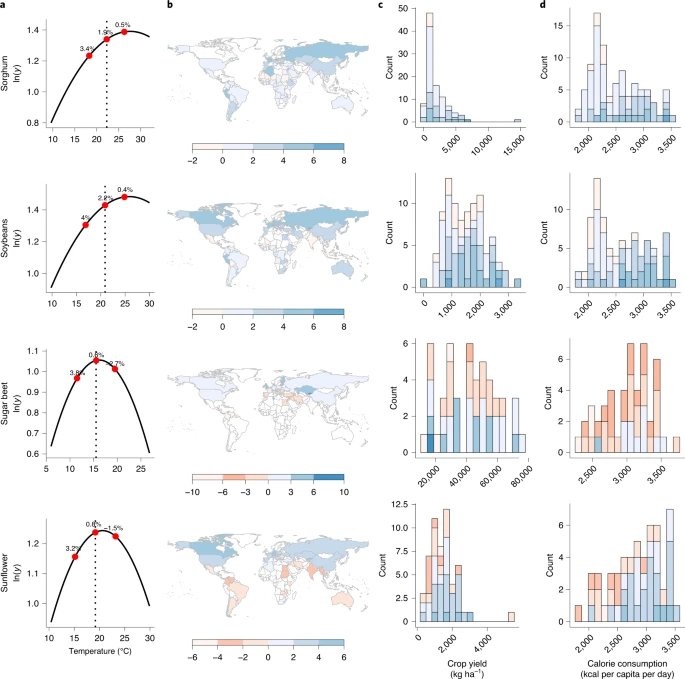
Half of world's ice- and desert-free land is used for agriculture. Most for meat & dairy.
Dietary changes could reduce this by as much as 75%.
But you don't have to go vegan: massive reductions by simply switching to chicken, eggs, fish.
Latest article: ourworldindata.org/land-use-diets
Dietary changes could reduce this by as much as 75%.
But you don't have to go vegan: massive reductions by simply switching to chicken, eggs, fish.
Latest article: ourworldindata.org/land-use-diets

A point that comes up often: "grazing land is not suitable for growing crops".
True. Two-thirds of grazing land is not great for crops.
But that's okay: more plant-based diets tend to need *less* cropland, not more.
How can this be true? 👇
2/
True. Two-thirds of grazing land is not great for crops.
But that's okay: more plant-based diets tend to need *less* cropland, not more.
How can this be true? 👇
2/
It's because so much of our cropland is used to produce feed for animals.
Less than half of the world's cereals go directly to human food.
3/
Less than half of the world's cereals go directly to human food.
3/

In some countries, very little cereals go to human food.
Less than a third in many European countries. Only 10% in the US.
4/
Less than a third in many European countries. Only 10% in the US.
4/

Of course, crops are converted to meat and dairy. But most calories and protein is lost in the process.
Small animals tend to be more efficient, hence why chicken & fish are better options.
5/
Small animals tend to be more efficient, hence why chicken & fish are better options.
5/

Changes in diets can free up lots of land. We can regrow forests, wild grasslands & let natural ecosystems restore
We'll have a follow-up article on carbon opportunity costs soon. But if you want to see the research on this, @matthewhayek's research here: nature.com/articles/s4189…
We'll have a follow-up article on carbon opportunity costs soon. But if you want to see the research on this, @matthewhayek's research here: nature.com/articles/s4189…
• • •
Missing some Tweet in this thread? You can try to
force a refresh












